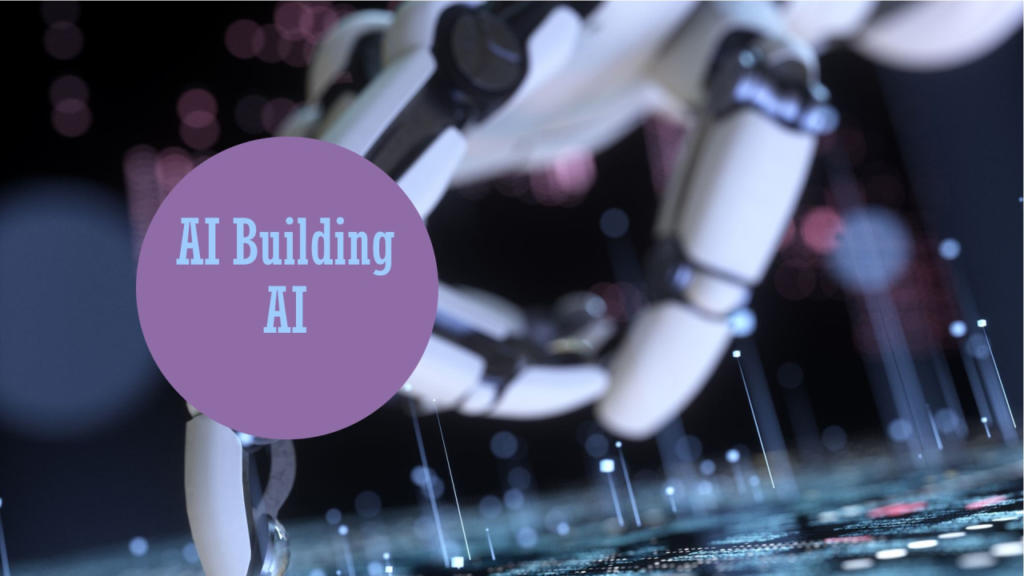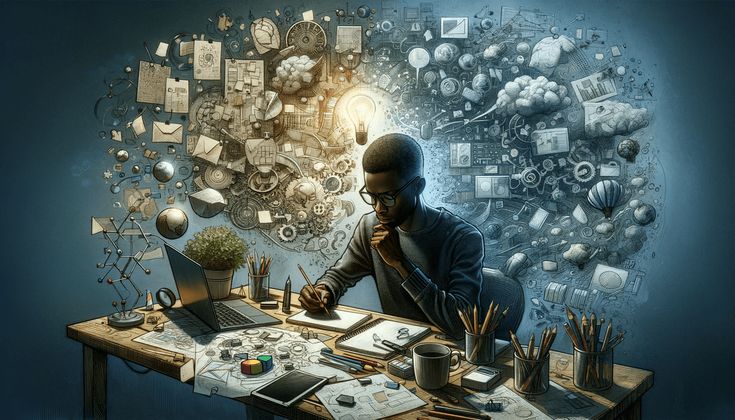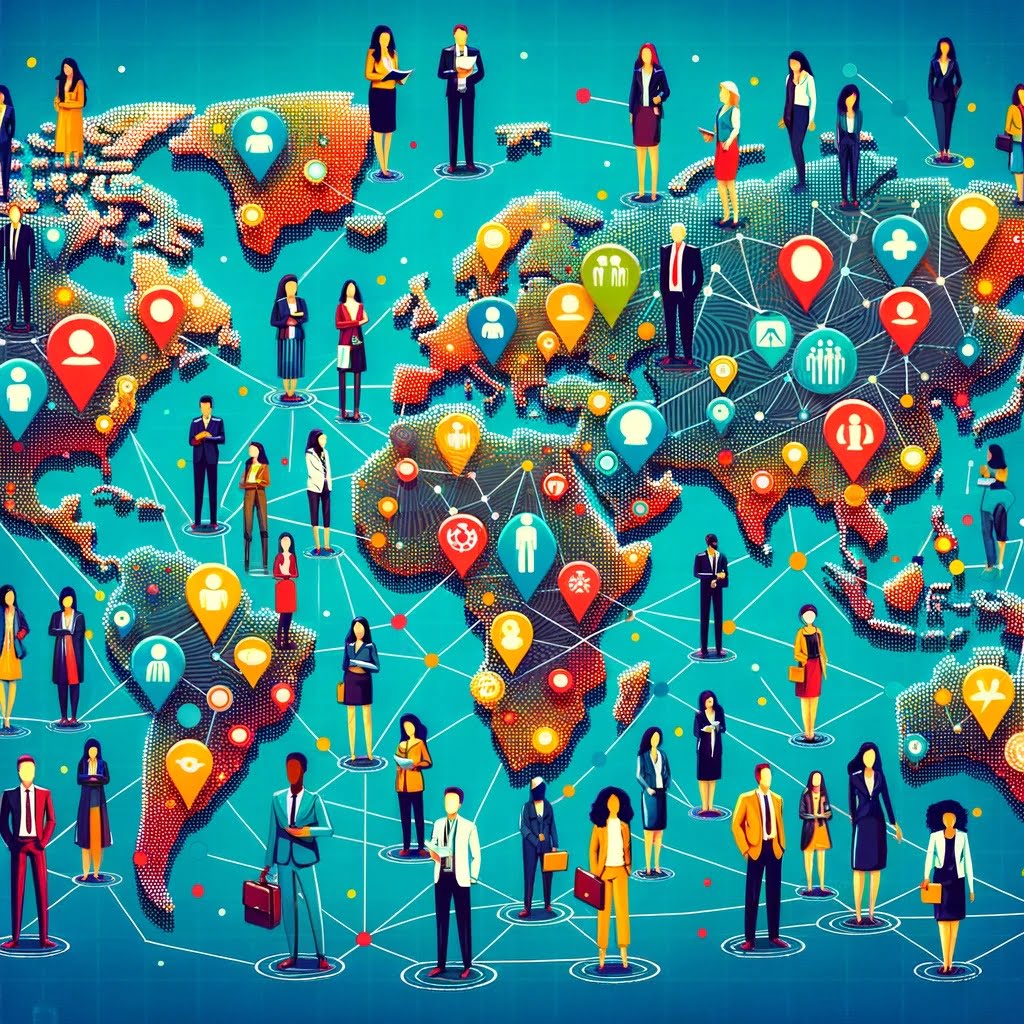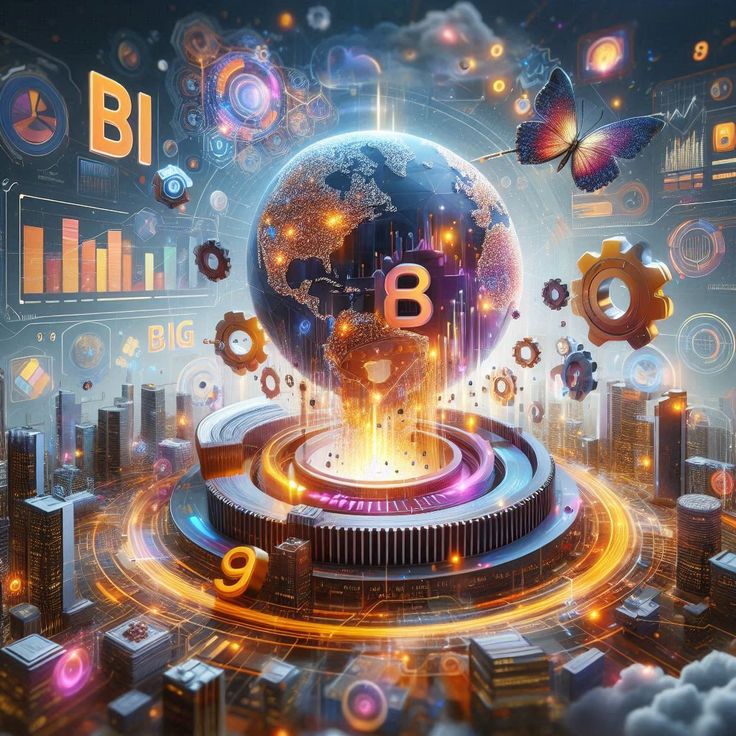Artificial Intelligence (AI) is building AI

Artificial Intelligence (AI) has become an integral part of our daily lives. From getting directions to chatting with virtual assistants, AI technologies are everywhere. A fascinating development in this field is the concept of AI systems that can learn, improve, and even help build other AI systems. This self-improving capability not only accelerates technological advancement but also makes AI more accessible and efficient. Let’s explore this idea using examples that many of us are familiar with: Google Maps, autonomous cars, ChatGPT, and virtual assistants like Alexa, Siri, and Google Assistant.
The Concept of AI Building AI
Before diving into the examples, it’s important to understand what “AI building AI” means. It refers to AI systems that can learn from data, improve their own algorithms, or assist in creating new AI models without direct human intervention. This capability allows AI to optimize itself, leading to better performance and new functionalities.
Real-Life Examples
Google Maps: Constantly Learning for Better Navigation
Google Maps is more than just a digital map; it’s an AI-powered tool that continuously learns to provide better navigation and real-time updates.
- Real-Time Traffic Updates: Google Maps collects data from millions of users to understand traffic patterns. The AI algorithms process this data to predict traffic jams and suggest faster routes.
- Learning from User Behavior: When users choose alternative routes, Google Maps learns from this behavior. If many drivers avoid a particular road, the AI considers this in future route suggestions.
- Automated Adjustments: The AI in Google Maps automatically adjusts estimated arrival times and route recommendations based on new data, without needing a programmer to make changes.
How It Relates to AI Building AI: Google Maps’ AI algorithms learn from vast amounts of data to improve their own performance. While it doesn’t create new AI models from scratch, it continuously refines its algorithms to provide better services.
Autonomous Cars: Self-Driving Vehicles That Learn from Experience
Autonomous cars, like those developed by companies such as Tesla and Waymo, are vehicles that can drive themselves using AI.
- Learning to Drive: These cars use AI to process data from cameras, sensors, and GPS to make driving decisions.
- Continuous Improvement: The AI systems learn from every mile driven. They adjust their algorithms based on new scenarios they encounter, improving safety and efficiency.
- Simulation Training: AI models are trained using simulations where they encounter various driving situations. The AI learns the best responses without human intervention.
How It Relates to AI Building AI: Autonomous cars’ AI systems learn and improve their driving algorithms over time. They adjust their own programming to handle new situations, exemplifying AI that enhances itself through learning.
ChatGPT: An AI That Understands and Generates Human Language
ChatGPT is an AI language model developed to understand and generate human-like text based on the input it receives.
- Understanding Context: ChatGPT uses AI to comprehend the context of conversations, allowing it to provide relevant and coherent responses.
- Learning from Data: It was trained on a vast dataset containing internet text, learning grammar, facts, and reasoning patterns.
- Fine-Tuning: Developers use AI techniques to fine-tune ChatGPT’s responses, improving its ability to generate helpful and accurate information.
How It Relates to AI Building AI: While ChatGPT doesn’t learn from individual interactions in real-time due to privacy and safety, the methods used to train and improve it involve AI optimizing AI. Techniques like fine-tuning and reinforcement learning help the model improve itself.
Virtual Assistants: Alexa, Siri, and Google Assistant Learning to Serve You Better
Virtual assistants like Alexa, Siri, and Google Assistant use AI to interact with users through voice commands.
- Voice Recognition: They use AI to understand speech, even with different accents and languages.
- Personalization: Over time, these assistants learn user preferences, adjusting their responses to be more helpful.
- Natural Language Processing: AI algorithms enable them to understand and interpret the nuances of human language.
How It Relates to AI Building AI: These virtual assistants continually improve their language understanding and response generation through AI. They adapt their algorithms based on interactions, effectively refining themselves.
Benefits of AI Building AI in Everyday Life
Enhanced User Experience
When AI systems improve themselves, they provide better services. For example, as Google Maps learns from more traffic data, it offers faster routes, saving users time.
Increased Efficiency
AI that optimizes itself can perform tasks more efficiently. Autonomous cars that learn from each trip can drive more safely and choose better routes.
Accessibility
Self-improving AI makes advanced technology accessible to everyone. Virtual assistants become more helpful as they learn, making it easier for people to use technology in daily tasks.
Challenges and Considerations
Privacy Concerns
As AI systems learn from user data, there are concerns about how that data is collected and used. It’s important for companies to ensure user privacy while improving AI services.
Dependence on AI
Increased reliance on AI for critical tasks like driving or navigation means that failures can have significant consequences. Ensuring AI systems are reliable and safe is crucial.
Ethical Use
AI must be designed to avoid biases and make fair decisions. For instance, virtual assistants should provide accurate information without favouritism.
The Future of AI in Everyday Applications
As AI technology advances, we can expect even more personalized and efficient services.
- More Natural Interactions: Virtual assistants will become better at understanding context and emotions, making interactions feel more human.
- Improved Autonomy: Autonomous vehicles will become more common, potentially reducing accidents caused by human error.
- Integrated Services: AI systems will work together seamlessly. For example, your virtual assistant might coordinate with your car’s AI to plan routes based on your schedule.
The concept of AI building AI might sound complex, but it’s already influencing the tools we use every day. From Google Maps learning the best routes to autonomous cars improving their driving algorithms, AI systems are enhancing themselves to provide better services. Understanding these developments helps us appreciate the technology that makes our lives easier and prepares us for a future where AI plays an even larger role.
Key Takeaways:
- Self-Improving AI: AI systems like Google Maps and autonomous cars learn from data to improve their own algorithms.
- Everyday Impact: These improvements lead to better navigation, safer driving, and more helpful virtual assistants.
- Looking Ahead: As AI continues to evolve, it will offer even more advanced features, making technology more intuitive and integrated into our daily lives.






Responses